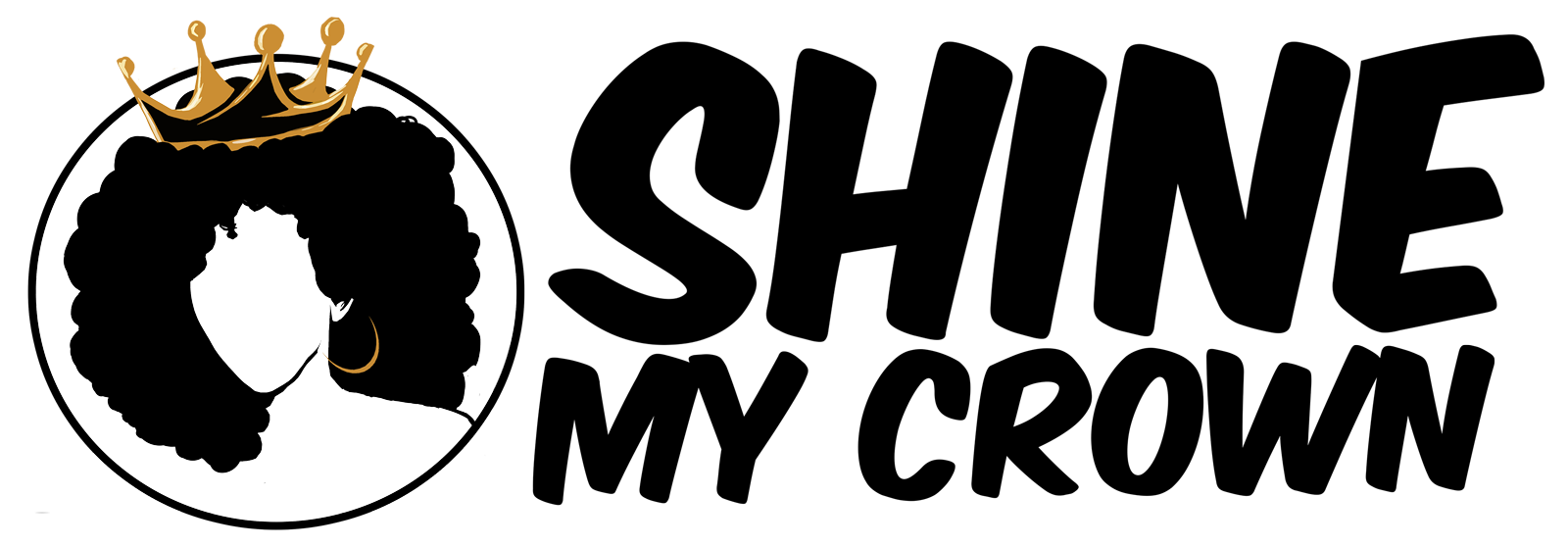Clinical psychologist and professor Dr. Raquel Martin is encouraging professionals—particularly Black professionals navigating corporate spaces—to clearly distinguish between boundaries and rules in the workplace.
In a recent Instagram video, Dr. Martin explained the importance of setting three essential boundaries to thrive at work: time, energy, and communication boundaries.
“A boundary guides your behavior,” Dr. Martin emphasized. “A rule attempts to dictate someone else’s. You can only control your behavior.”
The distinction, she explained, is crucial for reducing emotional burnout and staying empowered in professional environments where marginalized individuals may be disproportionately asked to overextend themselves emotionally or professionally.
Time Boundaries: Respect Your Hours

Dr. Martin stressed the importance of holding firm to time boundaries. If your work hours end at 5 p.m., then it’s up to you to stop responding to emails at 5:01 p.m.—not to demand that others stop sending them.
“The boundary is: I don’t respond after five. The rule would be: don’t send me emails after five. And people are going to send those emails regardless,” she said.
Energy Boundaries: Protect Emotional Labor
She also highlighted the dangers of unspoken expectations around emotional labor in the workplace, especially for Black professionals who are often expected to step in on DEI-related issues or provide emotional support to colleagues.
“I’m a licensed clinical psychologist, and I’m not working for free. This is not therapy. This is psychoeducation,” Dr. Martin said firmly. “If someone wants to talk about race and feelings, that doesn’t mean it has to be your responsibility.”
Instead of setting rules like “don’t talk to me about your feelings,” she recommended choosing boundaries such as: I don’t engage in conversations that drain me or fall outside of my job description.
Communication Boundaries: Say “No” Strategically
Clear communication is essential, said Dr. Martin. Instead of accepting ambiguous requests like “I need this ASAP,” she advises professionals to ask for exact deadlines.
“Your communication boundary is: ‘I do not take on tasks unless I know the specific day and time they’re due.’ That allows you to be held accountable to a standard you can actually meet.”
Other useful scripts she recommended include:
- “I cannot take that on right now, but I’ll revisit it next month.”
- “I’m happy to take this on, but let’s discuss what can be taken off my plate.”
The Bottom Line: Boundaries Begin with You
The biggest takeaway? When someone violates a rule, that’s on them. But when a boundary is crossed, you may need to examine your own role.
“When someone violates a boundary, that person is you,” Dr. Martin noted. “And you need to ask yourself: what contributed to me breaking my own boundary?”
Dr. Martin, who frequently educates her audience on mental health, identity, and resilience through social media and her podcast, continues to lead public discussions about how professionals—especially those from underrepresented communities—can preserve their mental and emotional well-being at work without fear of judgment or retaliation.
